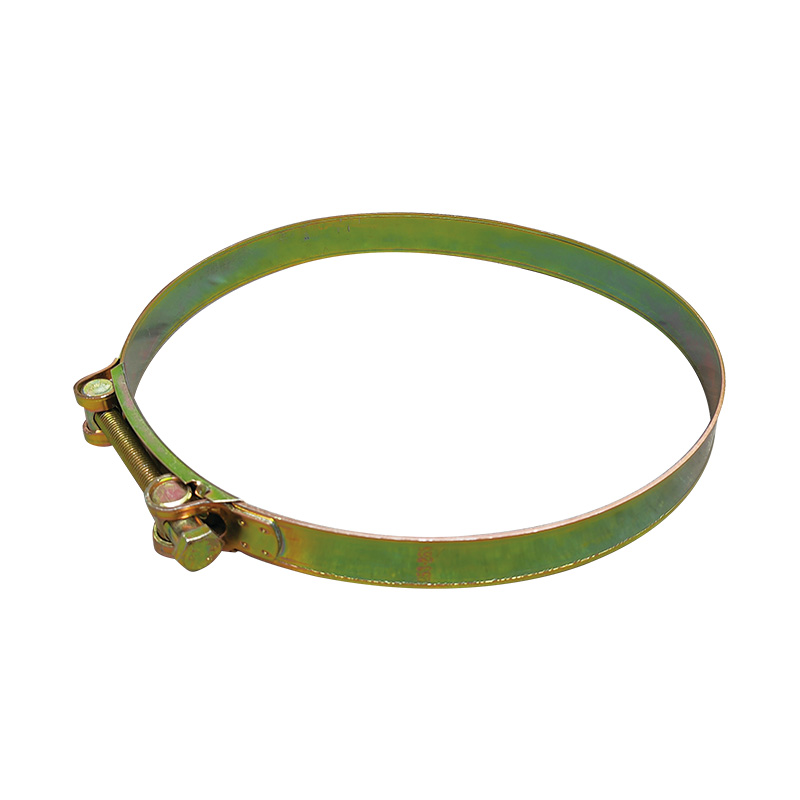Submersible pumps are essential in numerous applications such as water supply, drainage, agriculture, mining, and wastewater treatment. These pumps are designed to operate while fully submerged in liquid, making them highly efficient for deep well pumping and submerged fluid transfer. For functionality, the pump system must be supported by the correct fittings and spare parts.

Introduction to Submersible Pump Fittings
Submersible pump fittings are integral components that facilitate proper installation, secure connections, and fluid flow management in submersible pumping systems. These fittings serve as the link between the pump, piping, power cables, and associated water delivery infrastructure. Their design ensures that the pump system functions smoothly under varying hydraulic and environmental conditions.
One common category of submersible pump fittings includes pipe adapters and connectors. These elements allow the pump outlet to be securely attached to discharge piping, ensuring leak-free fluid transfer. Available in materials such as stainless steel, brass, PVC, and polyethylene, these fittings are selected based on the installation environment, fluid type, and pressure requirements.
Another important group of submersible pump fittings includes check valves and elbows. Check valves prevent backflow when the pump stops, thus protecting the system from pressure fluctuations. Elbows and couplings help accommodate directional changes in piping and optimize space within confined installation zones.
Cable entry seals are also considered key fittings in submersible pump installations. These seals prevent water ingress at the cable entry point into the motor housing, preserving electrical integrity and motor protection. Additionally, lifting brackets and guide rail systems simplify pump installation and removal, enhancing serviceability.
Submersible pump fittings contribute significantly to operational efficiency, system protection, and installation flexibility. Their selection must align with both the pump's technical specifications and the application's hydraulic demands.
Submersible Water Pump Spare Parts
Submersible water pump spare parts are essential for maintaining reliable long-term operation. These components support performance restoration, repair, and preventive maintenance, downtime and extending the life of the pump. Each spare part is designed to integrate seamlessly with the pump system and must match the model and operational conditions of the unit.
One of the frequently replaced spare parts in submersible water pumps is the impeller. The impeller is responsible for imparting kinetic energy to the fluid, generating the necessary flow and pressure. Over time, wear due to friction, sediment, or abrasive particles may reduce the efficiency of the impeller. Regular inspection and timely replacement help maintain consistent performance.
Seals and gaskets are also critical submersible water pump spare parts. These elements prevent water from entering the motor compartment and preserve the integrity of internal components. Mechanical seals, in particular, are exposed to continuous pressure and fluid movement, and thus may require periodic replacement based on service conditions.
Bearings are another important category of submersible water pump spare parts. They support the rotating components of the motor and ensure smooth, vibration-free operation. Lubricated and sealed bearings are commonly used to withstand the submerged environment, and proper alignment and lubrication help extend their operational life.
Additional spare parts include motor windings, wear rings, diffusers, shaft sleeves, and cable kits. Each plays a specific role in the pump's mechanical or electrical function. Using original or certified-compatible spare parts ensures that the pump maintains its designed efficiency and safety levels.
Maintaining an inventory of submersible water pump spare parts supports quick repair operations, reduces equipment downtime, and contributes to a stable water supply. Understanding the function and replacement cycle of each part enhances overall system management and operational planning.